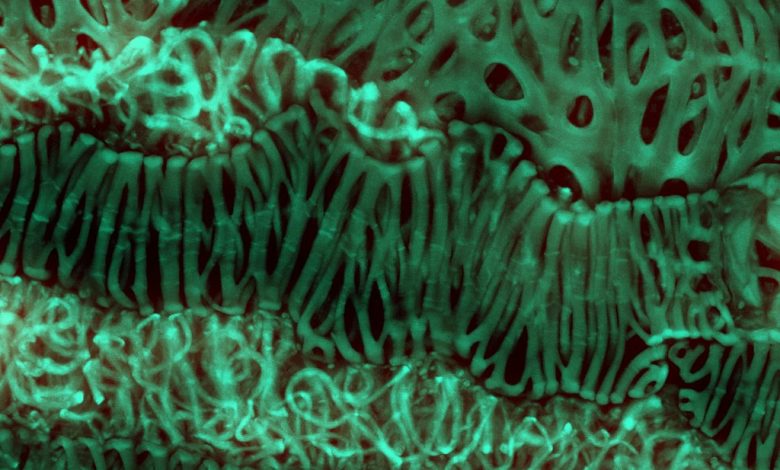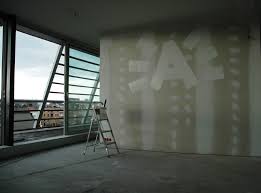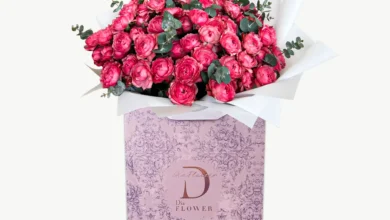How to look after your synthetic carpets?

When shopping for new carpet, one of the first things to consider is the type of room the carpet is fitted in. Across the different carpet types, you’ll find varying degrees of softness, texture, density, firmness, durability and stain-resistance, as well as a wide range of price points. Certain carpets are known for their durability and soil resistance which make them more suitable for heavy use, while others, such as velvet or silk carpets, are more “temperamental” and should only be placed in spare rooms or areas that don’t experience too much traffic.
Today, synthetic carpets, made out of man- made fibres, occupy the biggest portion of the wall to wall carpet market. There are many reason for which homeowners around the world prefer synthetic fibres over natural ones, including cost, strength, durability, stain resistance and level of maintenance.
Each man- made fibre has its own characteristics that make it more appealing than other fibre type or more suitable for specific areas than others. Here is a list of the most well-known synthetic fibres available on the market.
Polyamide (Nylon)
Nylon is a tough and resistant fibre, which for years has been considered “the ultimate” carpet fibre. With its high resiliency, which translates into the ability to bounce back after becoming flattened or compacted, nylon carpets are very durable and well suited for heavy traffic areas, such as stairs, hallways or living rooms.
An ideal choice for busy home environments, polyamide is by far the most popular carpet fibre on the market. By some estimates, about 90% of all residential carpets are made of nylon. When compared with other synthetic fibres, nylon is the more expensive option and it is less stain resistant.
Pros:
– Easy to clean and maintain;
– Extremely durable;
– Excellent resiliency;
Cons:
– Expensive;
– Not as soft as other fibres;
– Generates static electricity;
Polyester (PET)
Polyester is a very versatile fibre that has been used for a long time in carpeting. While not as strong or resilient as nylon, polyester is today more durable than it has been in the past, due to many technological advancements. However, it is still recommended to lay polyester carpets on low to medium traffic areas, such as bedrooms or home offices.
Among the advantages of polyester carpets, we can name the high stain and moisture resistance, as well as the low level of maintenance required. Another bonus is that polyester carpets are often made of recycled materials, which means they are a more environmentally friendly option than their nylon counterparts.
Pros:
– Soft and plush underfoot;
– Less expensive than nylon;
– High stain resistance;
Cons:
– Less durable and resilient than nylon;
– Not ideal for high-traffic areas;
Triexta (PTT)
Triexta is one of the newest carpet fibre in the industry and even though it comes from the same “root” as polyester, there are a few differences between the two of them. One key difference is that triexta is more resilient than standard polyester and much softer.
Many triexta carpets are made using biotechnology that utilizes corn glucose in the manufacturing process, making these carpets eco-friendly and resulting in less off-gassing
This type of fibre is very popular for houses with kids and pets, as it is strong and less likely to tear apart. While suitable for high traffic areas, it is best to avoid placing triexta carpets in areas that are susceptible to oil based dirt or stains.
Pros:
– More durable/resilient than regular polyester;
– Very soft;
– Colourfast, won’t fade or discolour;
Cons:
– May soak in certain oil-based soil but can be cleaned;
– May need more frequent cleaning than nylon or polyester;
Olefin (polypropylene)
Polypropylene fibres are similar to natural wool and are often used as a synthetic wool substitute. It is commonly found in looped styles of broadloom, such as Berber, and area rugs. Olefin is considered a less durable fibre than most other synthetic carpet fibres and it is usually limited to products of entry-level quality, where resiliency is not as crucial. However, it is very stain and moisture resistant, so highly suitable for areas prone to spills.
Pros:
– Very affordable;
– Stain and moisture resistance;
– Fade-resistant;
Cons:
– Least durable synthetic fibre;
– Attracts oil-based dirt;
Acrylic
Acrylic is a manmade fibre similar in appearance and feel to wool. It is less expensive than wool, resistant to mould and mildew, easy to dye in bright colours, fast drying and fairly stain resistant. It is particularly appealing for areas that might be susceptible to stains, and general wear and tear. It is not likely to fade as much as other options.
Pros:
– Less expensive than wool;
– Stain resistant;
– Dries quickly;
– Mould resistant;
Cons:
-Not suitable to high traffic areas;
-Wears out faster than other synthetic fibres;
No matter the type of synthetic carpet or area rug you choose for your home, the level of care and maintenance it receives is in strong connection with the way it will look and feel over the years. Taking good care of your carpeting has many advantages that go beyond the aesthetics, preserving your floor’s condition for many years to come and promoting a healthier home environment.
Vacuuming is one of the easiest and most convenient thing you could do for your synthetic carpets. Around 80% of the dust particles that settle in and on your floors are dry. Add to that, all the debris, grit and small rocks your family and pets may carry from the outside, on their clothing, shoes or fur. Regular use of a vacuum cleaner removes most of the dust and dirt, keeping your carpet clean and looking smart. How often should you use your vacuum cleaner? It depends on the level of traffic in your house. Obviously, busy home environments, with kids and pets, will require more attention and effort, than houses with less occupants. For the best results invest in a quality vacuum with HEPA filters and remember to adjust the height of the brush so it’s at the optimum level for the carpet in each room.
Entry mats and other area rugs can be used in high traffic parts of your home, in order to protect your wall to wall carpet. This is a great way of preventing the dust and dirt from making it into your carpet and protecting your flooring against premature wear and tear. Just remember that both the mats and area rugs need to be cleaned regularly, otherwise, they will lose their ability to trap dirt. The good news is that they are easier to clean than a wall to wall carpet, and in case they need to be replaced, they won’t “break the bank”. A simple, yet effective way of reducing the amount of dust and mud particles that make it inside, is to encourage all family members to wipe their feet as they enter the house. More than that, a “shoes of at the door” policy is a great approach.
In case of a spill, clean the affected area with a clean cloth or paper towel. Soak up as much liquid as possible, without scrubbing. It is important to resist the urge to use every cleaning product you have in the house, as this will only make things worse. If you are not sure what is the best method to deal with the stain, your local carpet cleaner can help you. Experts are more proficient in their task, as they have the right tools, cleaning solutions and experience, for tackling difficult stains, no matter what material your carpet is made of.
No matter how diligent you are with vacuuming and maintenance, your carpet will still need some extra TLC from time to time. Professional carpet cleaning services in Dublin, offer the most convenient solution for deep cleaning and maintaining your synthetic carpets’ condition and preserving their lifespan. Pick a carpet cleaning company that uses the hot water extraction method, which is the most effective cleaning technique on the market. The great advantage of this method is that it reaches deep within the fibres, removing all manners of dust, dirt, allergens and bacteria, leaving your carpets clean and sanitized.
Stain guarding is another good way of looking after your synthetic carpets. It helps prevent stains and keeps the dirt and grime from attaching themselves to the fibres. Applying the protective coat straight after a thorough deep cleaning, enhances and prolongs all the benefits of a professional job. If you are thinking of having your carpets stain guarded, your carpet cleaning provider can talk you through the process and its advantages.
Apart from this if you ara interested to know more about Importance of a Good then visit our Fashion category



